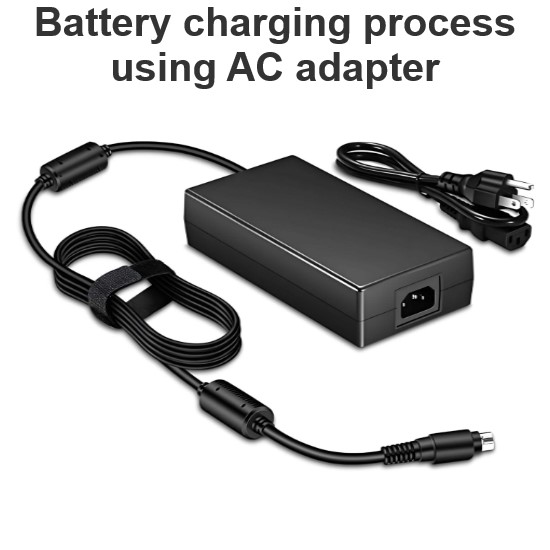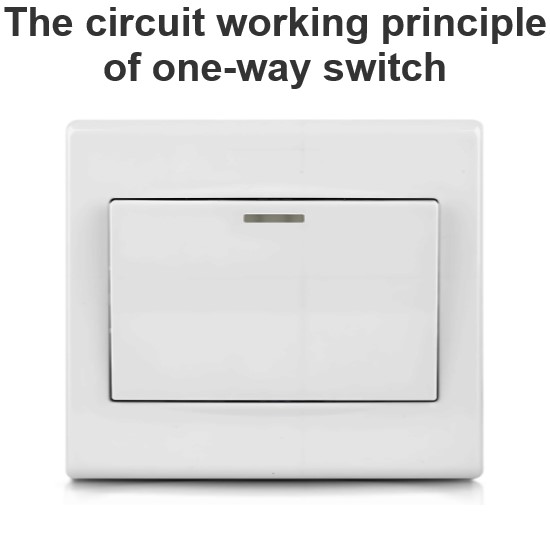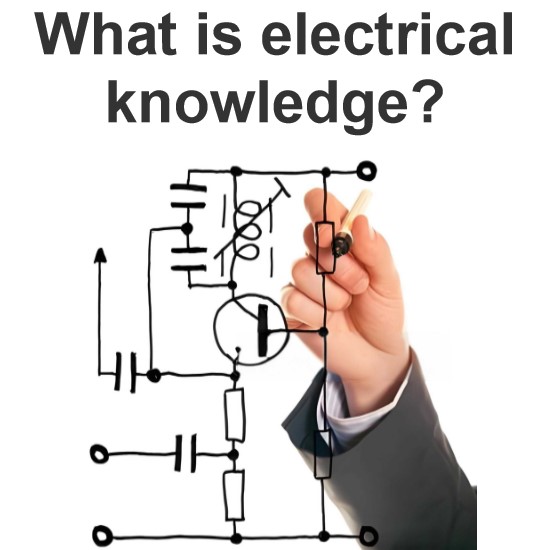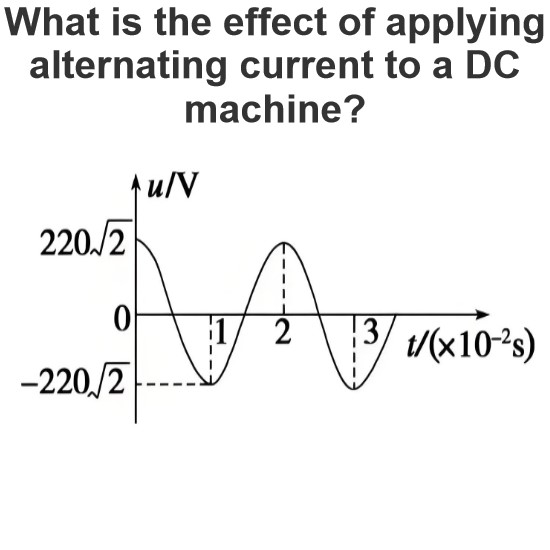What is a Thyristor?
What is a Thyristor?
Thyristor definition
SCR for short, is a high-power electrical component, also known as thyristor. It has the advantages of small size, high efficiency and long life. In the automatic control system, it can be used as a high-power driving device to realize the control of high-power equipment with low-power control. It has been widely used in AC and DC motor speed control system, power regulation system and servo system.
Thyristor structure
It is composed of 4 layers of semiconductor material, with three PN junctions and three external electrodes.
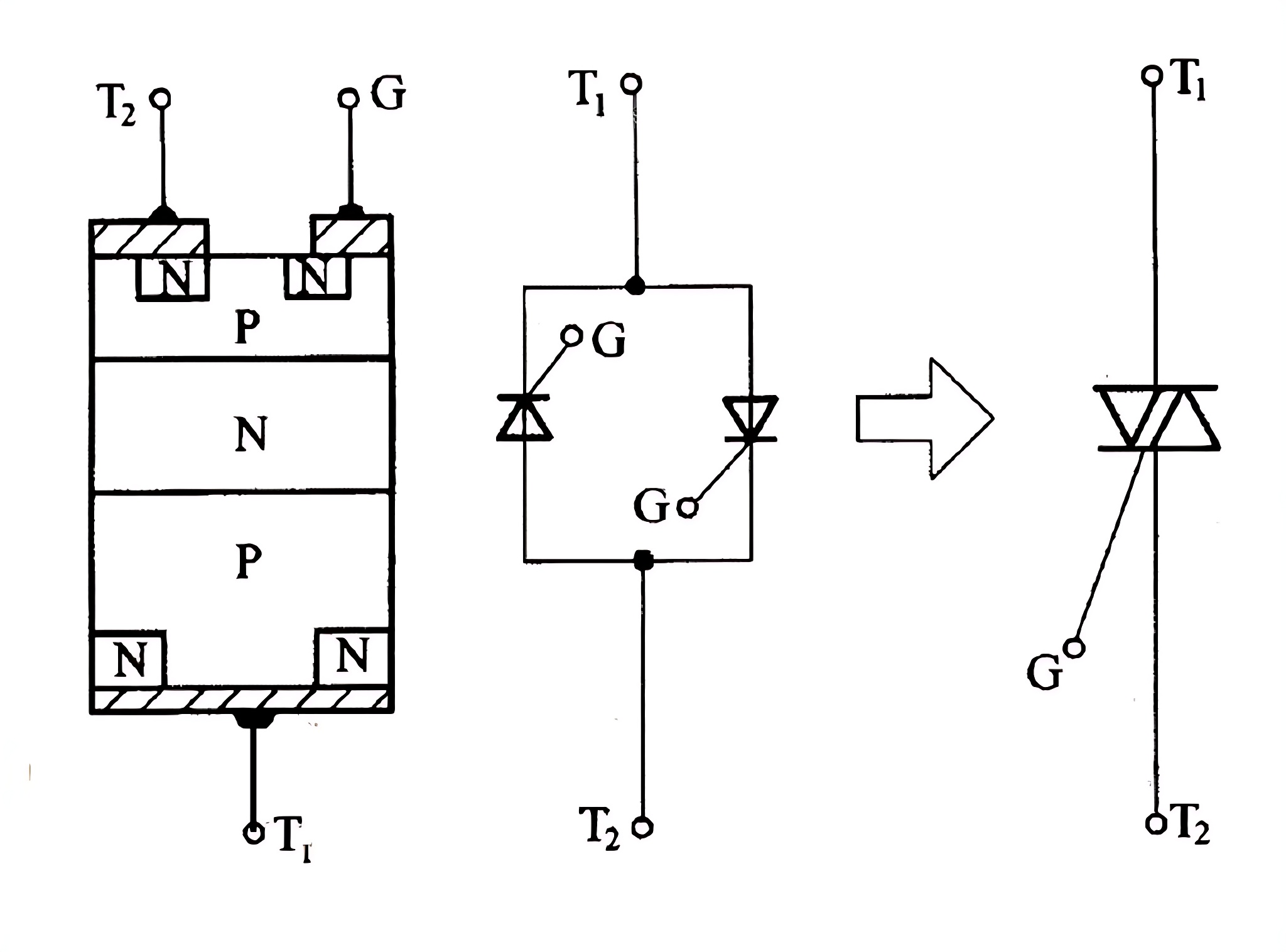
Thyristor conduction conditions
One is to apply A positive voltage between its anode A and cathode K
The second is to input a forward triggering voltage between the control pole G and the cathode K
Main parameters of Thyristor
Average current in rated on-state IT
Forward blocking peak voltage VPF
Reverse blocking peak voltage VPR
Trigger voltage VGT
Maintain current IH
Thyristor classification
Ordinary thyristor
Bidirectional thyristor
Reverse conduction thyristor
Gate turn-off thyristor (GTO)
BTG thyristor
Temperature controlled thyristor
Optically controlled thyristor
Purpose of Thyristor
Controlled rectification
The Electricity Encyclopedia is dedicated to accelerating the dissemination and application of electricity knowledge and adding impetus to the development and innovation of the electricity industry.
